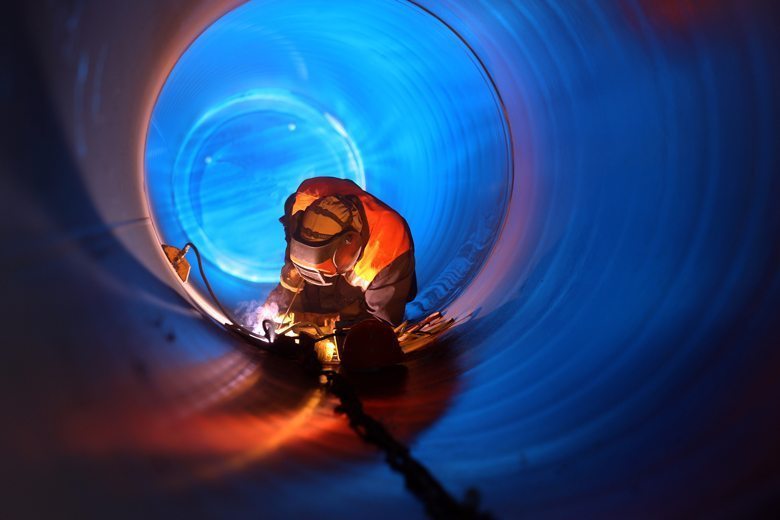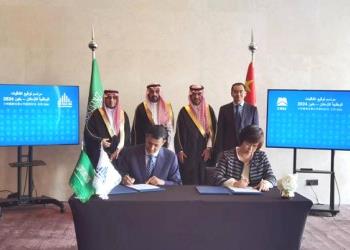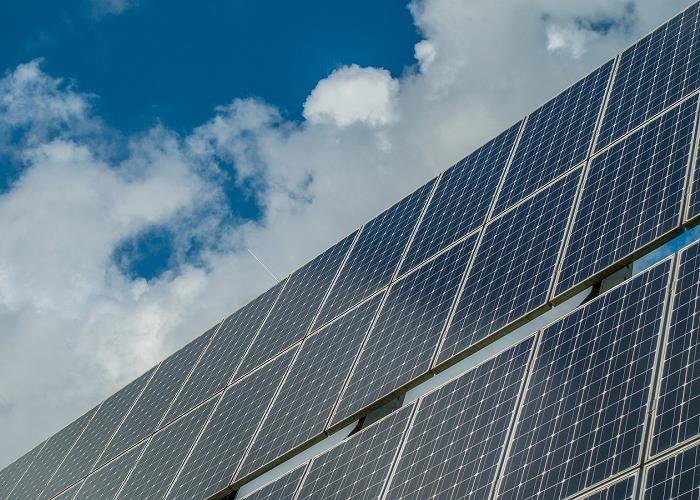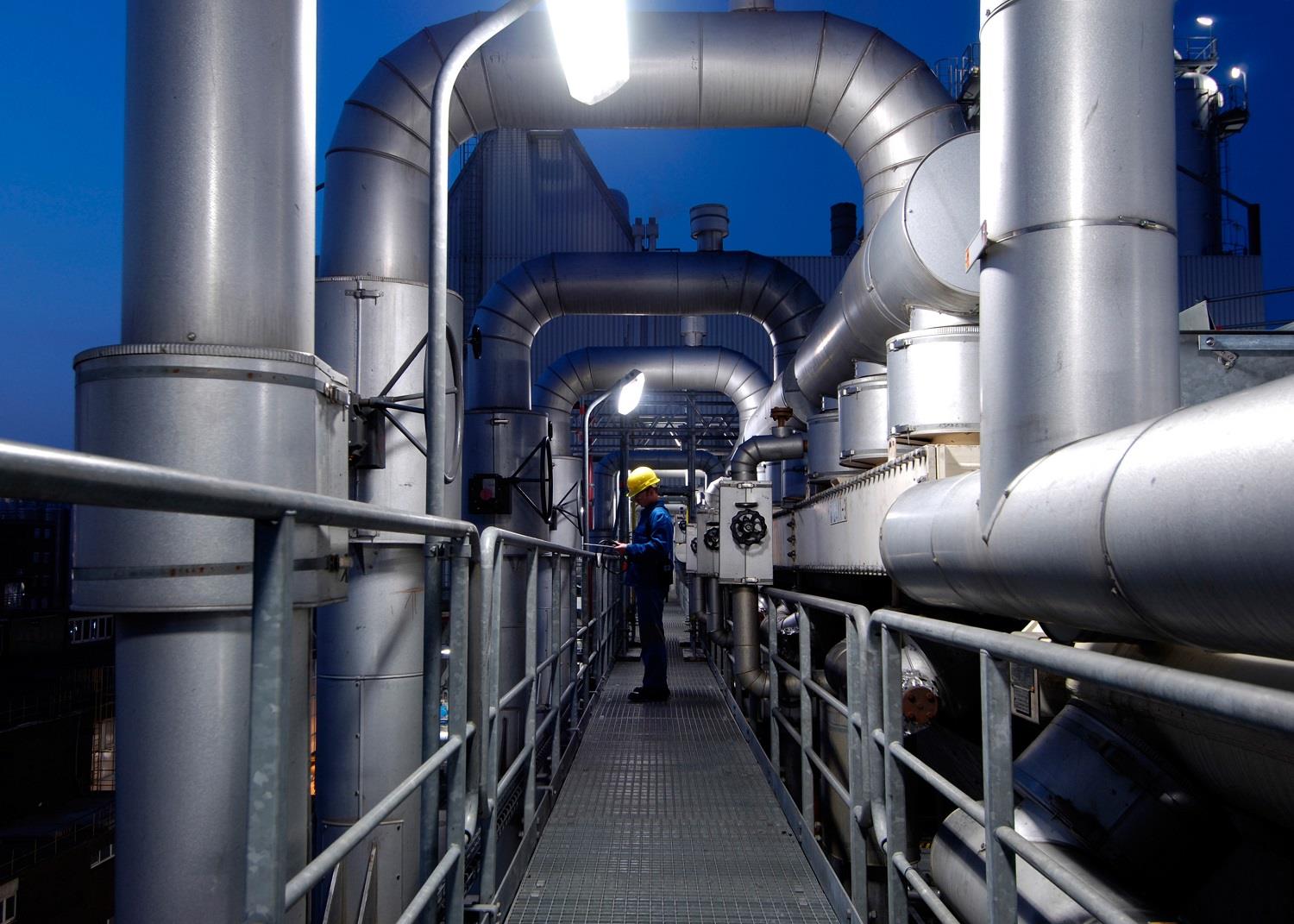

Countries still looking at optimum route for undersea infrastructure
Omans plans to import and process Iranian gas remain at an early stage with the pipeline route yet to be decided, according to Omans Oil and Gas Minister.
Work is underway identifying the optimum route. As soon as that is finished we will go on to design the pipeline itself, Mohammed al-Rumhy told reporters in Muscat on 20 March. Both sides wish we could do it faster but these things take time.
In 2013 the two countries signed an agreement for the cross-border undersea pipeline to increase gas supply to Oman but the project has missed its initial targets.
Oman exports gas in the form of liquefied natural gas (LNG) volumes have fallen in recent years, while the sultanate also imports gas from Qatar to meet demand. Imports of gas from Iran would help it to meet demand from the power sector, but could also boost LNG exports and provide feedstock and energy to develop new industrial projects.
We are discussing with Iran the possibility of processing gas, said Al-Rumhy. The minister said that Oman LNG has a spare export capacity of about 1.5 million tonnes a year (t/y) of LNG.
Al-Rumhy told Reuters in January that engineering, procurement and construction (EPC) work on the pipeline could be started in the first quarter of 2016 and the first gas could be imported in 2019.
You might also like...

UAE firm breaks ground on Kezad food facility
17 May 2024

Chinese firm signs National Housing Company deal
17 May 2024

Two bid for 90-100MW Bahrain solar contract
17 May 2024
A MEED Subscription...
Subscribe or upgrade your current MEED.com package to support your strategic planning with the MENA region’s best source of business information. Proceed to our online shop below to find out more about the features in each package.





